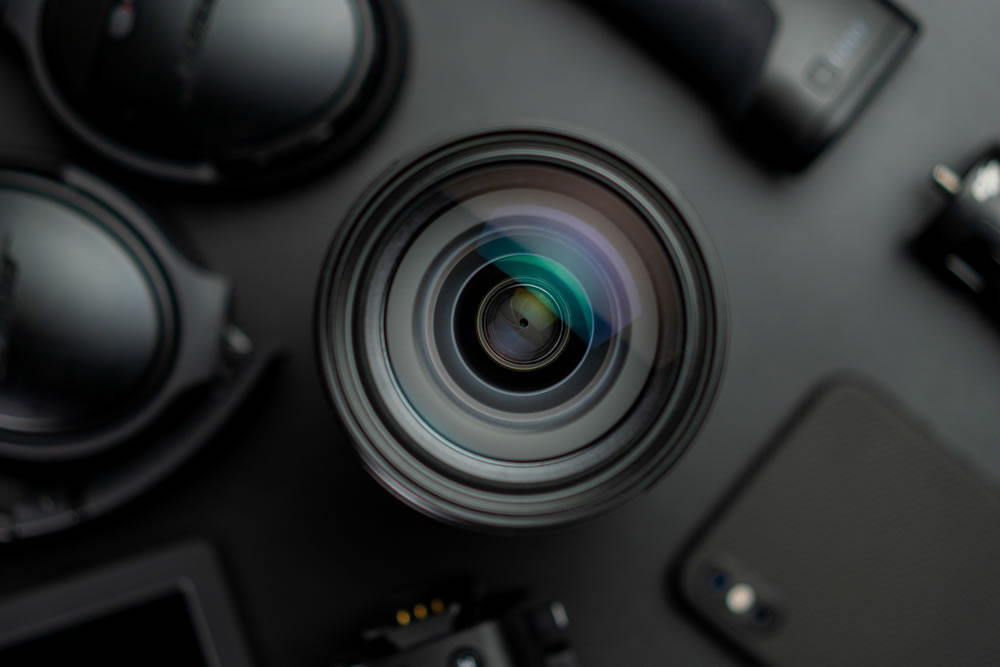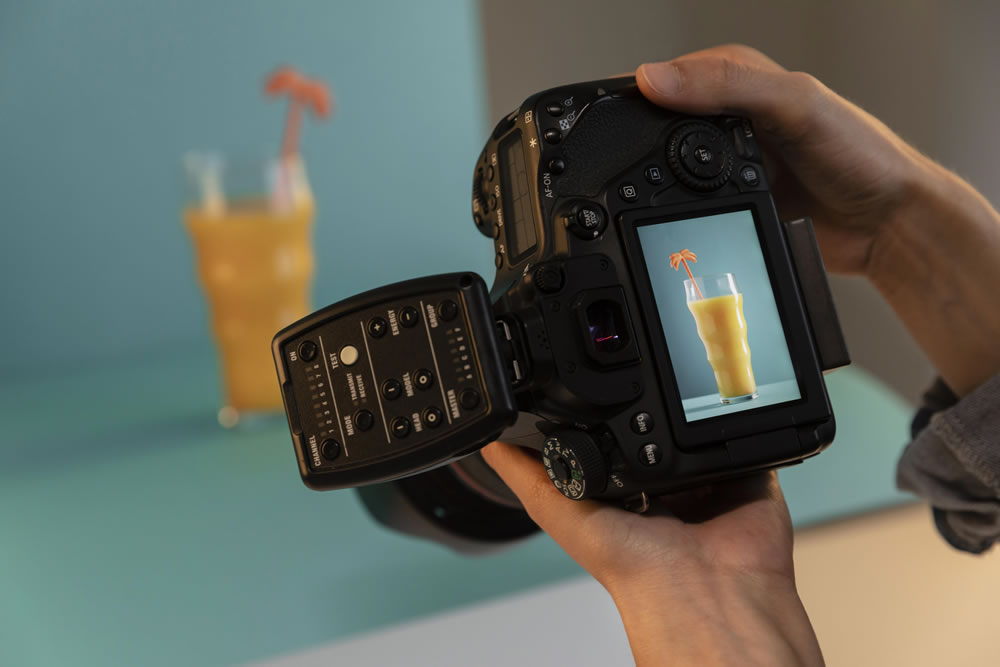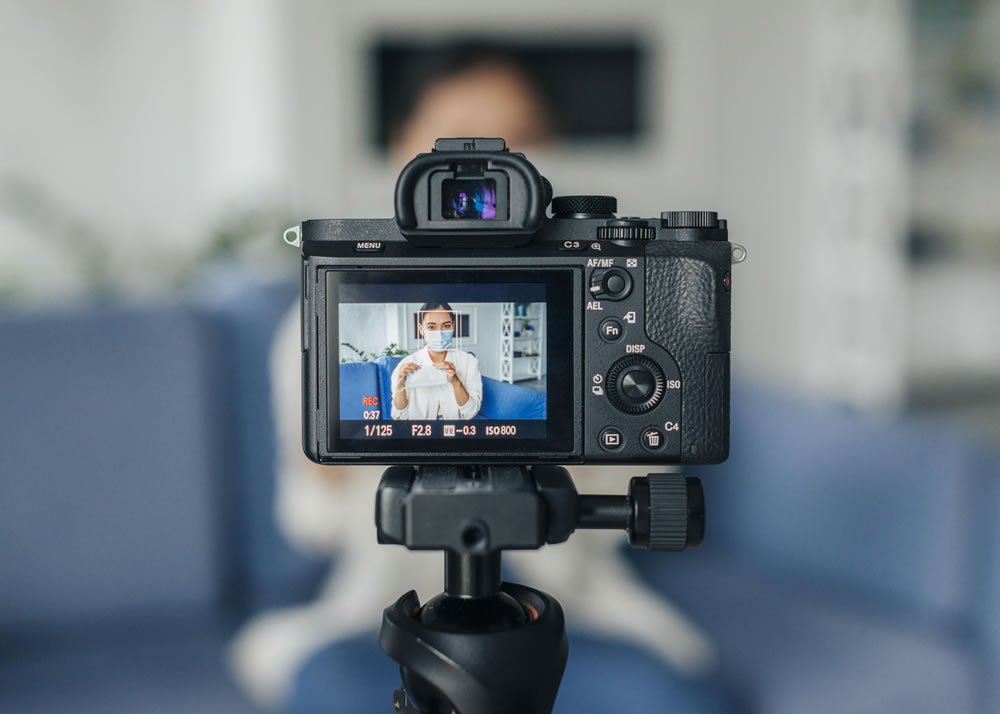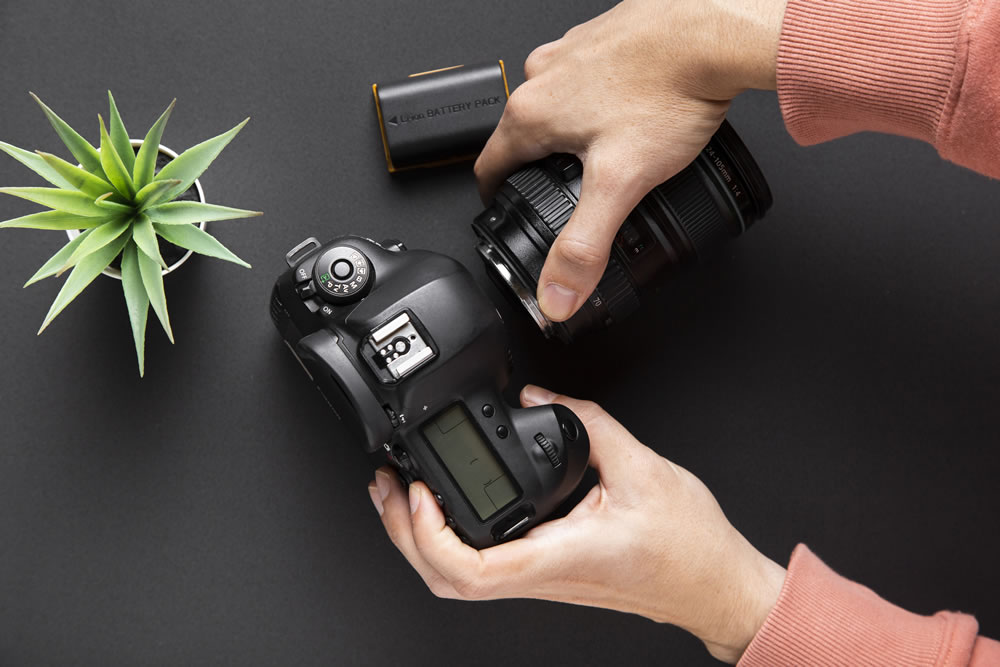Everyone keeps saying the same things: “What will I need these equations for when I finish school?” Truth is, you might not need all the things you learn in your math subject. But this applies to all the subjects taught in school. Truth is, people often undermine the usage of math in life – and in almost every area of work!
There’s a reason why students in the world are studying math as part of their education plans – this is a very useful and much-needed subject. If you are a college student wondering what good Math does to your future career as a photographer, think again. You need to learn Math to be great at photography, and there are tons of reasons for it. So, roll up your sleeves, make sure you pass all your Math exams, and get some assistance for the right answers to math homework if you struggle with it. Get some tutoring help – you will need this skill for your photography career!
In this article, you’ll learn the many different usage of math in photography.

Math and Shutter Speed
One of the basics for making a great photo is the shutter speed. The idea is to adjust the amount of light allowed into your camera in a specific period of time. This is calculated not in seconds, but fractions of them, such as 1/500, 1/30, or 1/1000.
Basically, if the shutter speed is low, the shutter will open or close slower, which allows for more light in.
To master this part of photography, you need to know how to calculate and have a good understanding of geometric sequence. For example, if you increase the shutter speed from 1/1000 to 1 second, you are multiplying the amount of light with each increase by a factor of 2.

Math and Aperture Settings
Another thing to adjust is the diameter of the lens of your camera. The larger the diameter, the more light will the lenses take. To do this, you need to measure the aperture, which is done by the diameters of the lens or the mirror. You need to also consider the area and the camera’s ability to gather light.
Now, on the camera, there are many confusing numbers and symbols for this. The most confusing of them all is the letter ‘f’, which is for F-stop. F-stop numbers can be f/1.4, f/4, f/2.8, etc.
This is not tough if you know moth. To adjust the aperture of your camera, you need to understand circles. The area of a circle equals pi x the squared radius. This is all tied together and a must-know if you want to change the mount of light.

Math and ISO Settings
ISO is also a very important variable for photographers. The photo exposure depends greatly on it. The math you use to adjust the ISO will increase – or decrease the photo’s graininess.
Simply put, ISO is a measure of your camera’s light sensitivity. If you set the ISO settings high, the camera will be more sensitive to light.
There are different ISO varies on cameras, such as ISO 100, 200, 400, 800, and 1600. These numbers go by Geometric Progression, which means that they follow a pattern as they progress toward a higher number.
Every camera has a base number which can differ. For example, if its base number is ISO 100, you’ll see choices like ISO 100, 200, 400, 800, etc. But, if it has an ISO 50 base, it will start from 50, then go to 100, 200, etc.

Math and Focal Length
You also need math for the relationship between the focal length and the aperture. Let’s say that you have lens that has an aperture of 14mm and focal length of 28mm. You want to take photos of a 20×30 meters wall. Your lens will have an area that is bigger than lens with 55mm with the same aperture.
Math and Fractions
Have you heard of the ‘rule of thirds’? Photographers use this rule to create a photograph that looks good for the eye. It means that you should break down the photo into 9 equal fractions on a vertical and horizontal path, as well as use lines to line up the key elements in it.
In other words, you’d be trying to give your subjects more balance and a better sense of direction in your photos. This is used to improve the photo composition, and requires some math to work!

Wrapping Up
There you have it – a list of just a few things in photography that require some math skills. So, don’t slack off if you plan to pursue this career path – math is important in photography!
Author’s Bio: Percy J. Bunnell is an expert content writer who creates academic and website content for those who need it. In his spare time, Percy follows his biggest dream – learn to become great at photography. Fast forward two years since he started studying this field, and Percy already has some great photographs being sold online, as well as many useful blogs on the topic.










